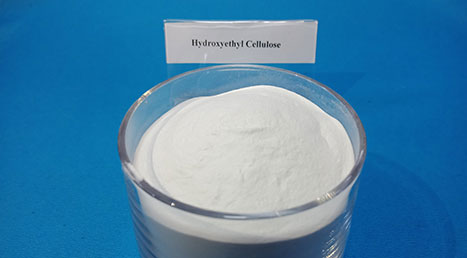Hydroxyethylcellulose (HEC) is a water-soluble polymer commonly used as a thickening agent in various industries including pharmaceuticals, cosmetics, and construction. If you need to thicken hydroxyethylcellulose, there are several methods to consider.
Hydroxyethylcellulose is derived from cellulose, a natural polymer found in plant cell walls. Through a chemical process, ethylene oxide is added to cellulose to produce hydroxyethyl cellulose. The resulting polymer has excellent water retention properties, is stable over a wide temperature and pH range, and is nonionic.

Solubility: HEC is soluble in cold and hot water, providing a clear solution.
Thickening Properties: It has excellent thickening properties, making it useful in a variety of applications.
Stability: HEC is stable over a wide pH range and in the presence of salts.
1. Improve concentration:
A straightforward way to increase the viscosity of a solution containing HEC is to increase the concentration of HEC. However, this has limitations and exceeding a certain concentration may lead to the formation of gels, which may not be desired in all applications.
2. Temperature adjustment:
The viscosity of HEC solutions is highly dependent on temperature. Generally speaking, an increase in temperature will decrease the viscosity, and a decrease in temperature will increase the viscosity. Experiment with the temperature of the solution to find the optimal viscosity for your specific application.
3. pH adjustment:
HEC is stable over a wide pH range. However, adjusting the pH of a solution may affect its thickening properties. Generally speaking, a slightly alkaline pH can enhance the thickening effect.
4. Use with other thickeners:
Consider combining HEC with other thickeners or rheology modifiers for synergistic effects. Compatibility testing should be performed to ensure required performance.
5. Addition of salt:
The addition of certain salts can affect the viscosity of HEC solutions. Experiment with different salts and concentrations to find the optimal thickening conditions.
6. Shear rate and mixing:
The viscosity of a HEC solution is shear-thinning, meaning that it decreases under shear stress.
7. Hydration time:
Allow sufficient time for the HEC to fully hydrate.
8. Use of co-solvent:
In some cases, the addition of co-solvents or co-solvents can affect the solubility and thickening properties of HEC.
9. Testing and optimization:
Regularly test and optimize your recipes according to the specific requirements of your application. Small-scale experimentation and adjustments are key to achieving the desired viscosity.
10. Application consideration:
Understand the specific requirements of your application. Different industries and products may have different requirements for viscosity, stability and other performance characteristics.
Thorough testing and optimization to achieve the viscosity and performance required for a specific formulation is critical. Keep in mind that the best method for thickening HEC may vary depending on the specific requirements of your application.
